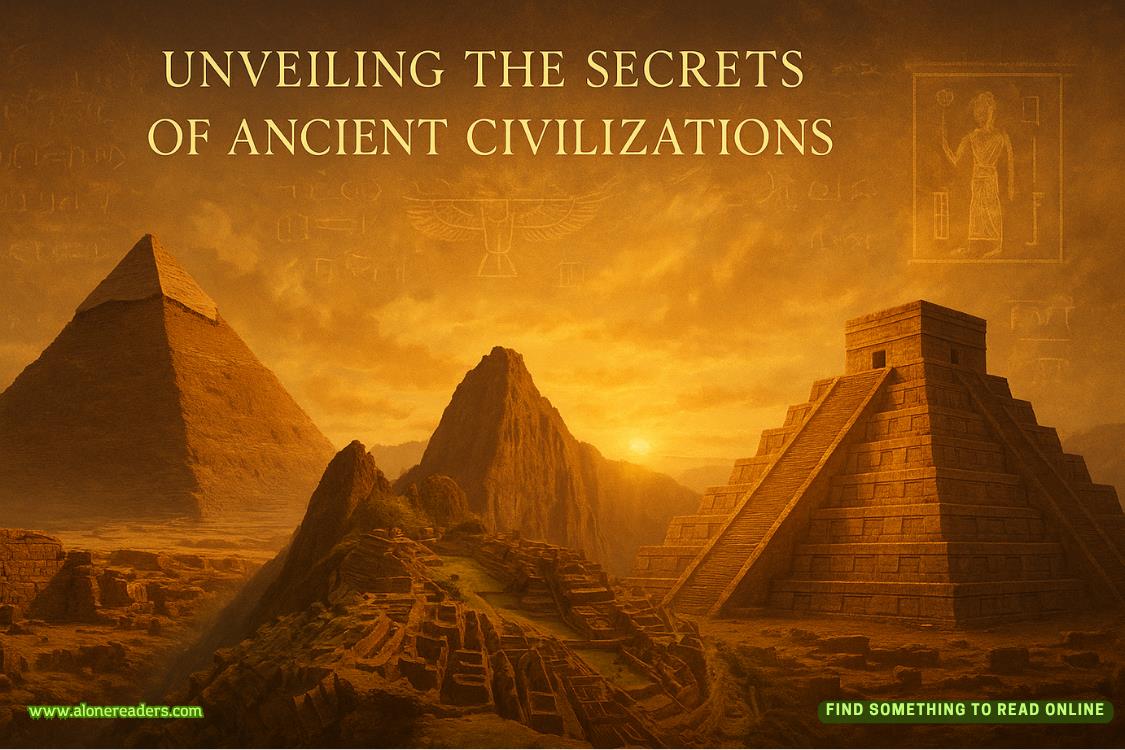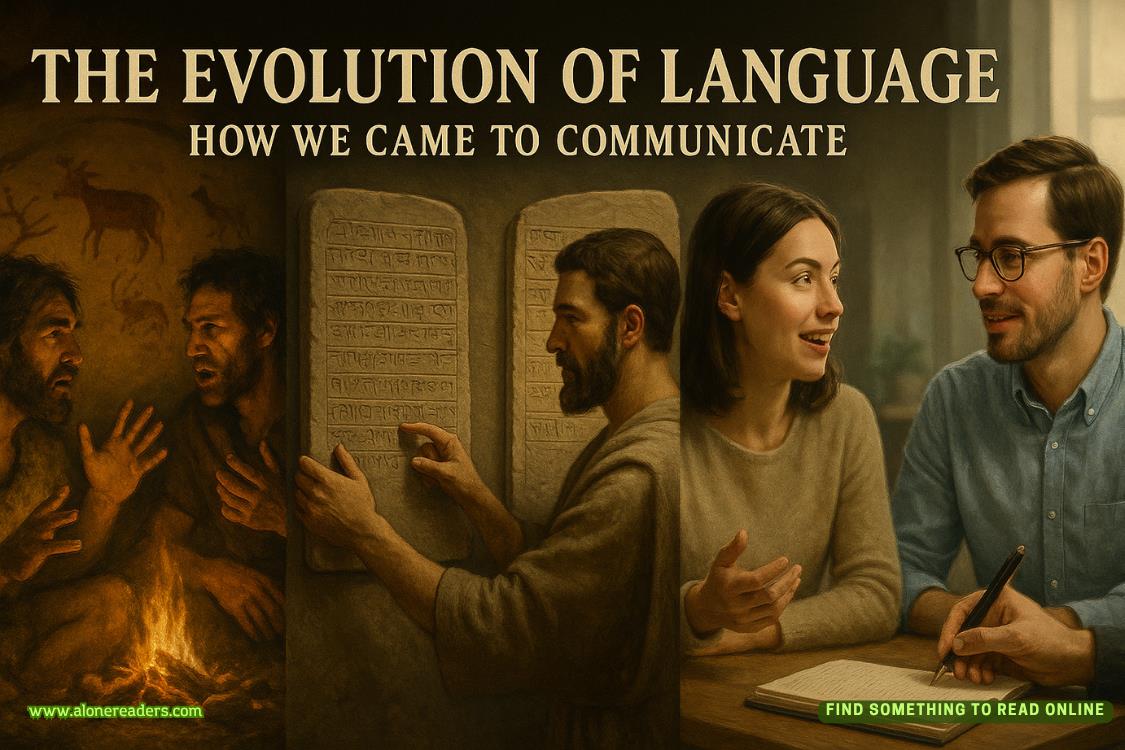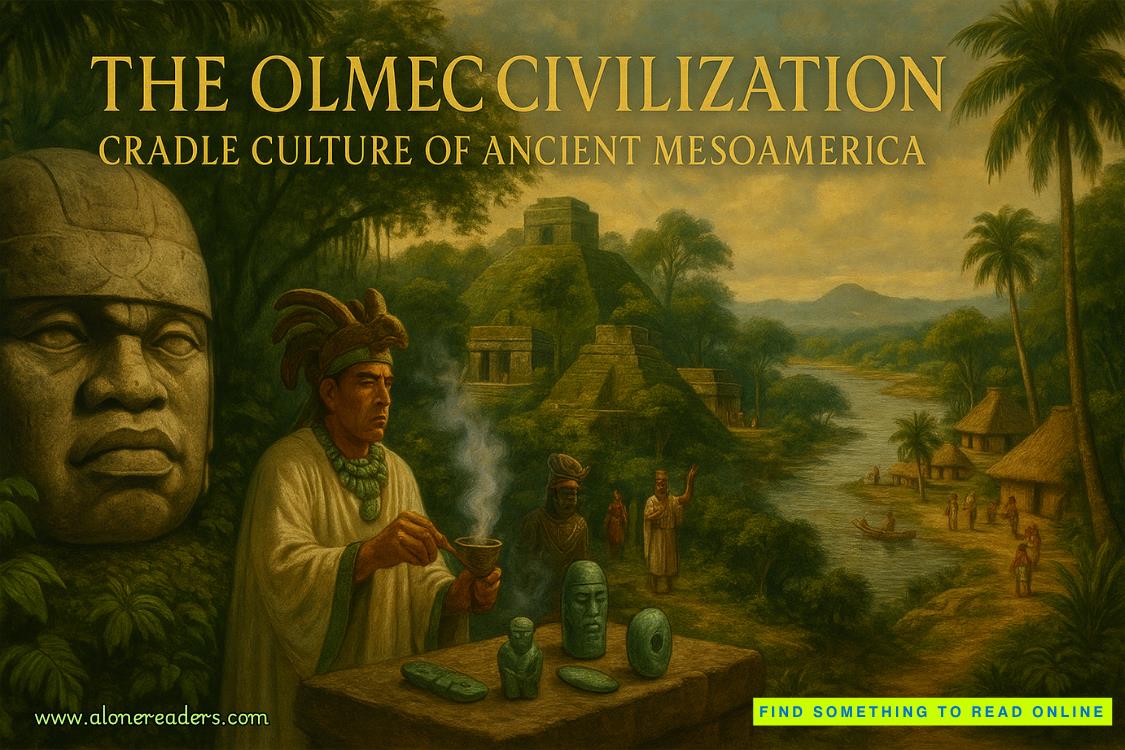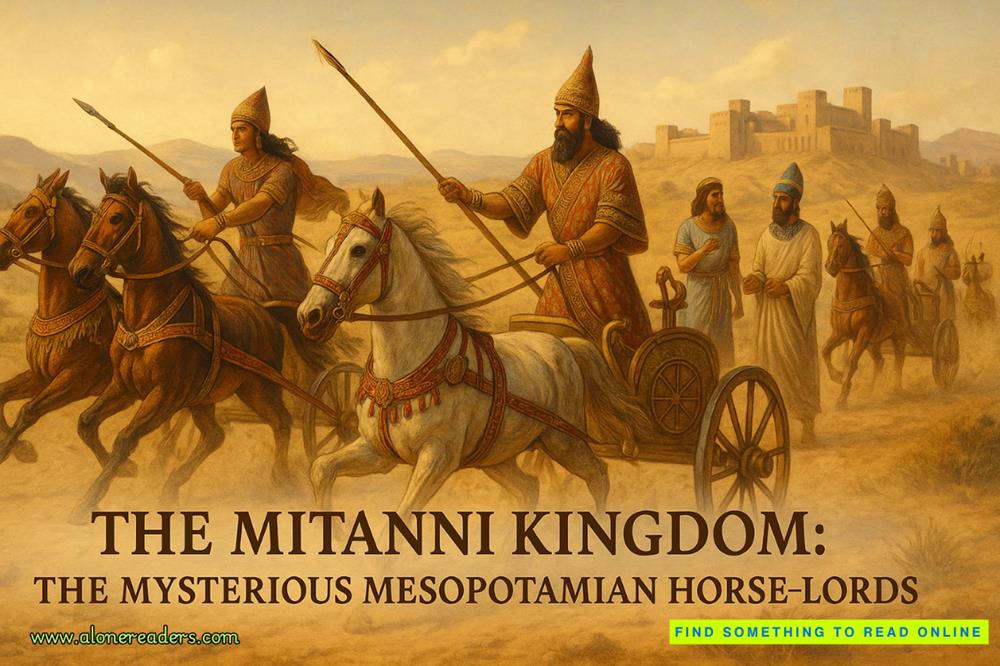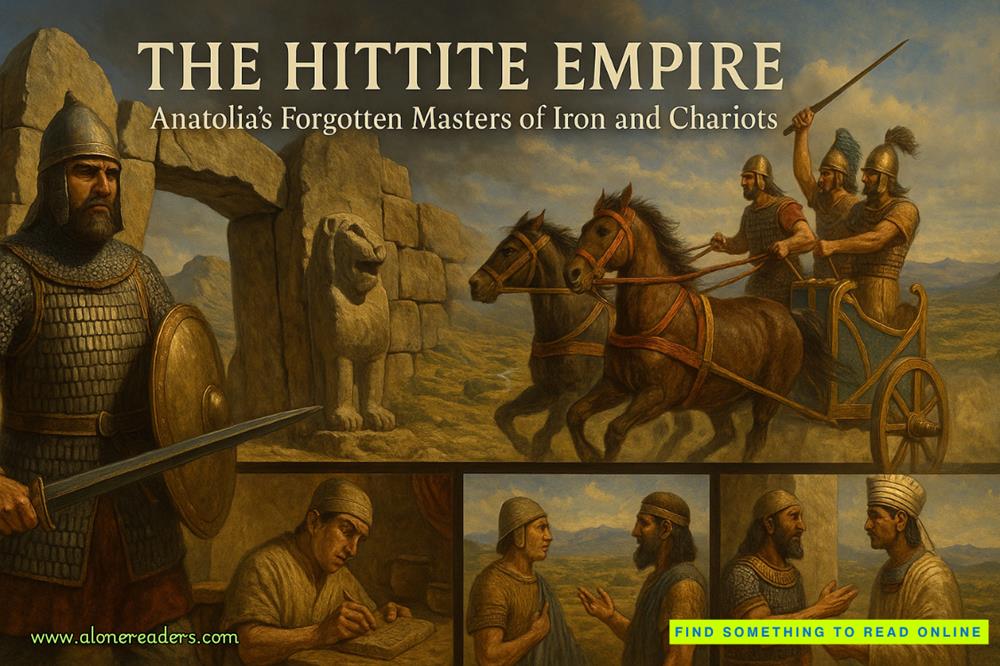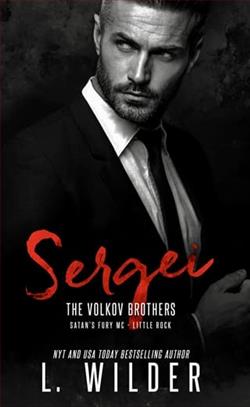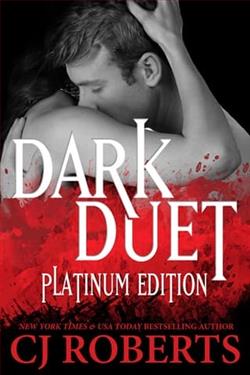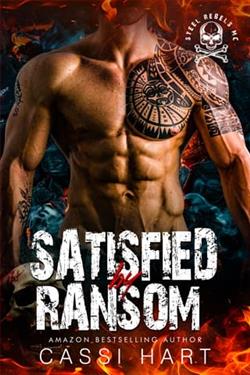Page 64 of Absorbed
Stacey could feel Ms. Moreno’s eyes on her, but she refused to look up from the white page on the table. “It’s fine. Let’s paint it. You’re here. I’m here.” She picked up the ruler and set it on her page.
Ms. Moreno turned back to the project, but left her hands in her lap.
Stacey huffed, then flipped the photograph back over. Using the ruler, she drew a large rectangle for the reflecting pool on the bottom half of her page, then a taller, skinnier rectangle above it.
Ms. Moreno sat silently, watching Stacey.
Frustrated, Stacey erased her monument, making the top more pointed. When it still didn’t look right, she dropped her pencil. “Are you going to help me, or what?”
“It seemed like you wanted to do it by yourself.”
“If I wanted to figure it out on my own I wouldn’t be here. You said it would be simple. This is too hard.”
“It is simple, once you identify your vanishing point.”
“What? What’s a ‘vanishing point’?”
“In this case, the vanishing point is at the far end of the pool, here,” Ms. Moreno pointed at the spot near the center of the photograph. “The monument travels upward from there, and the reflecting pool comes from that point toward the viewer. That’s why it looks wider at this end, even though you know it’s a rectangle in your mind.”
Stacey stopped listening. She stared at the water in the image, but saw the little boy she had pulled from the deep end two days before.
“Is that what it’s called—the vanishing point—when you can’t see what’s under the surface because the light is too bright?”
“No. I think that’s…refraction?” Ms. Moreno looked up at the ceiling. “It has to do with the angle of the light source. It’s more of a physics thing, but I think that’s why these reflective images are better in the morning and at night than the middle of theday. The angle of the sun in the sky makes the reflection clearer. Why?”
“The bright sunlight makes it hard to see, sometimes. In the deep-end of the pool.”
Ms. Moreno turned on her stool again. “Did something happen?”
“It’s no big deal.” Stacey shrugged. “A little boy sank to the bottom when he went off the diving board. The sunlight was so bright on the top of the water that it took me a second to know for sure what I was looking at. I got to him in time, but…” Stacey sighed.
“That must have been really scary, Stacey. I’m sorry that happened.” Ms. Moreno put her hand on Stacey’s.
Stacey pulled away. “Like I said, not a big deal. He’s fine.”
“I understand.” Ms. Moreno studied Stacey a few seconds longer, then lifted the photograph. “Another thing to understand about refraction is that it can affect how deep water appears. See how it looks like this water could be really deep because it looks so dark around the reflection of the white monument?”
Stacey nodded.
“It’s actually only about eighteen inches deep on the sides and thirty inches deep in the middle. The way the light refracts makes it appear deeper.”
Stacey thought about The Plunge at night, after they turned off the lights inside the pool. How the lights around the pool reflected on the surface of the water, but the pool itself looked like a black abyss.
“Do you want to give it another try?” Ms. Moreno asked, lifting up a blank piece of paper.
Stacey shook her head gently. “Not really.” She nodded toward the drawings of eyes. “You’re taking a whole class on how to draw eyes?”
Ms. Moreno grinned. “Well, no, but that’s a major focus.” She snorted. “Dumb joke, I know.”
Stacey pinched between her eyes and forced a chuckle.
Ms. Moreno went on. “It’s about communicating a whole story with a single picture, through important details.”
“How can a single eye tell a whole story?”
“Think about it: we can tell a lot from a person’s single eye.” She walked over to the table where she’d been working.
When Stacey didn’t follow her, Ms. Moreno gestured for Stacey to come across the room.

